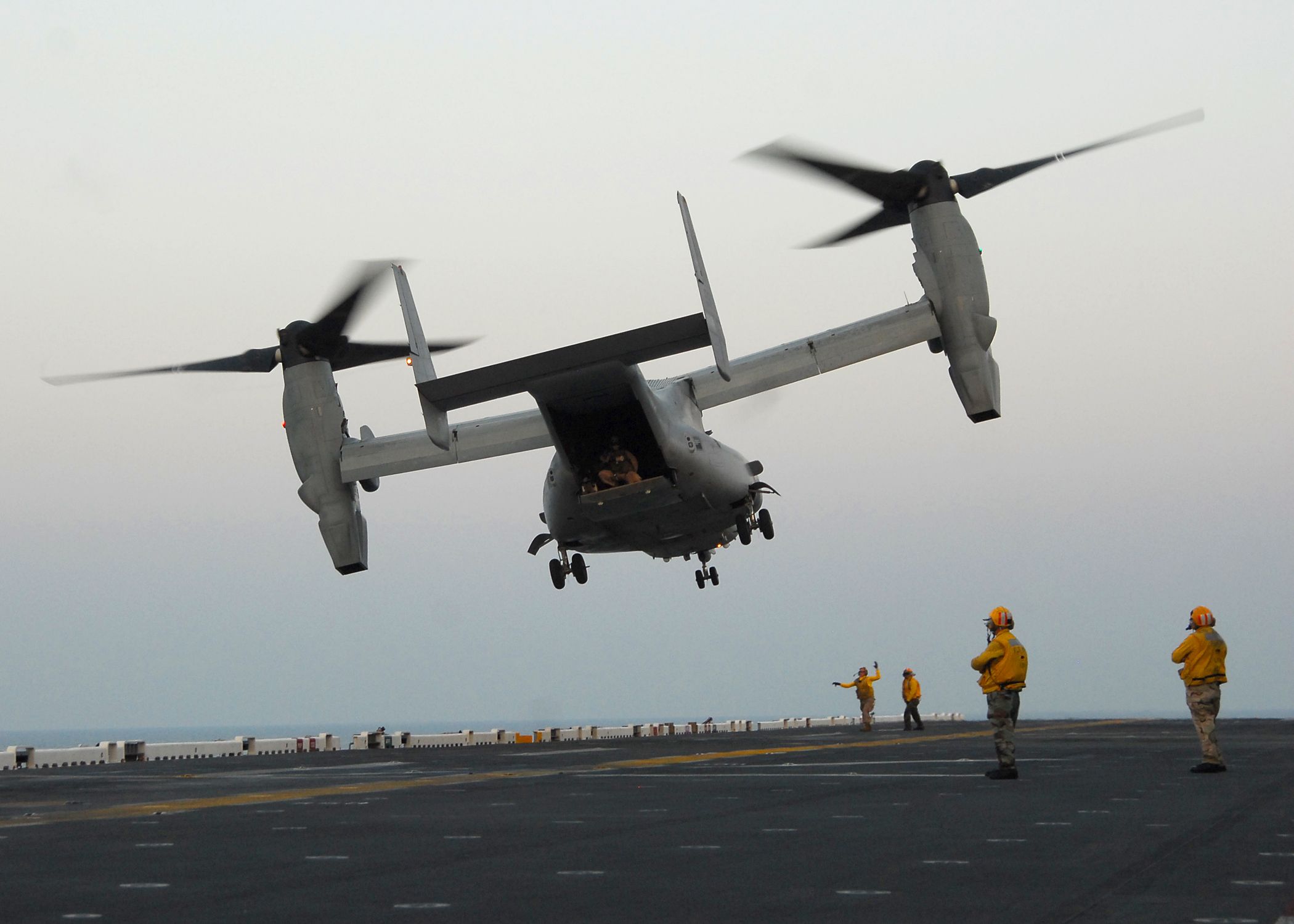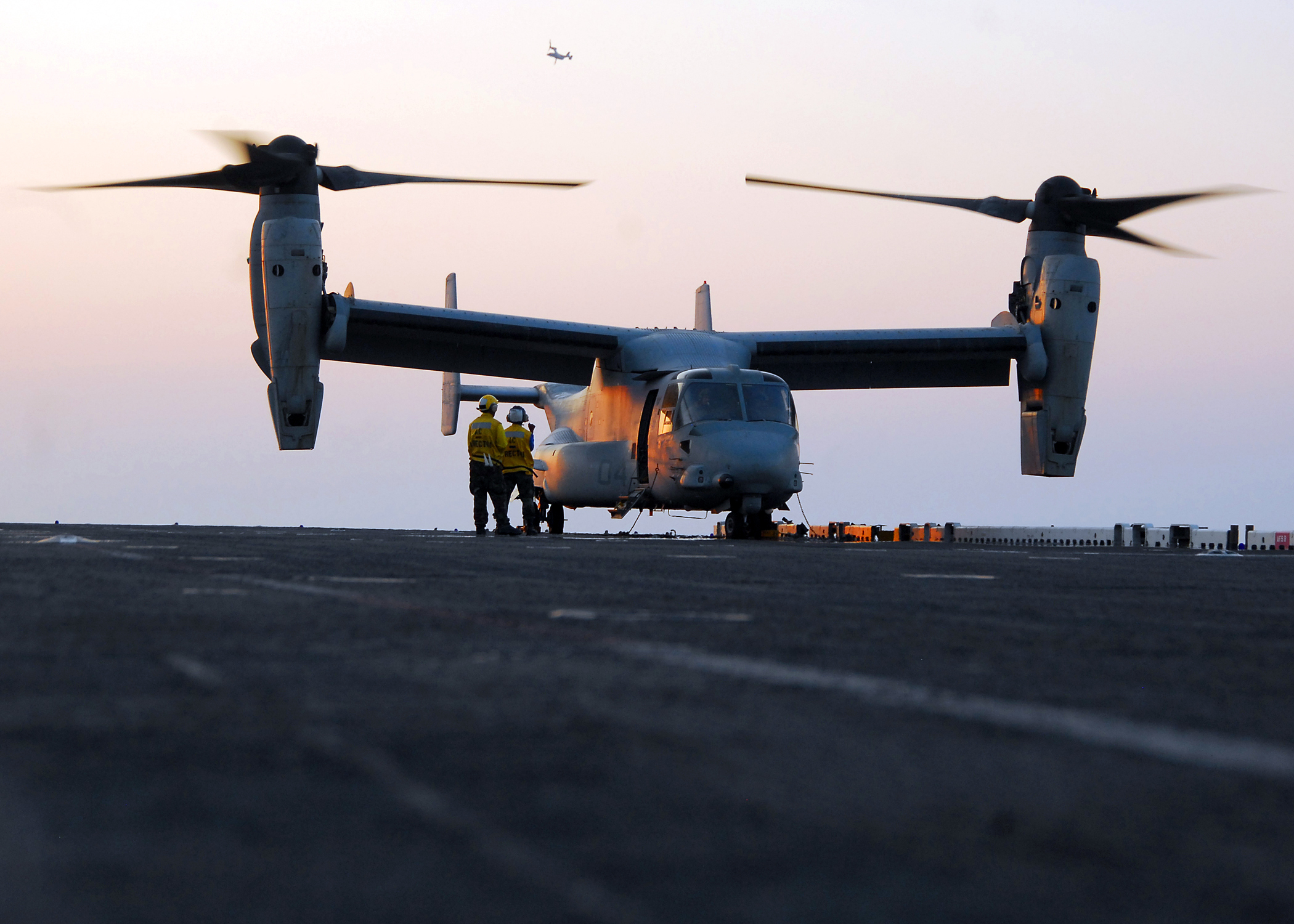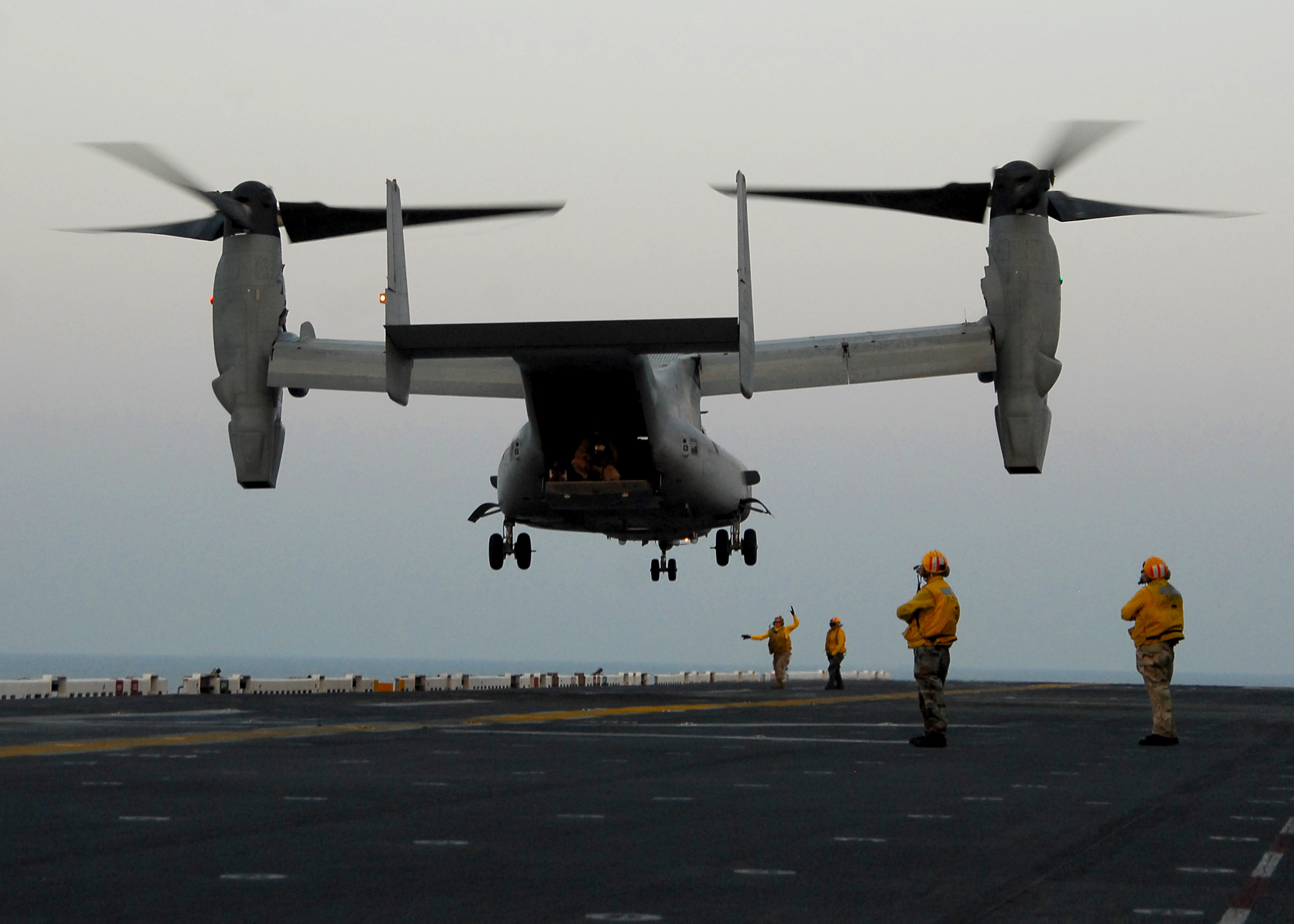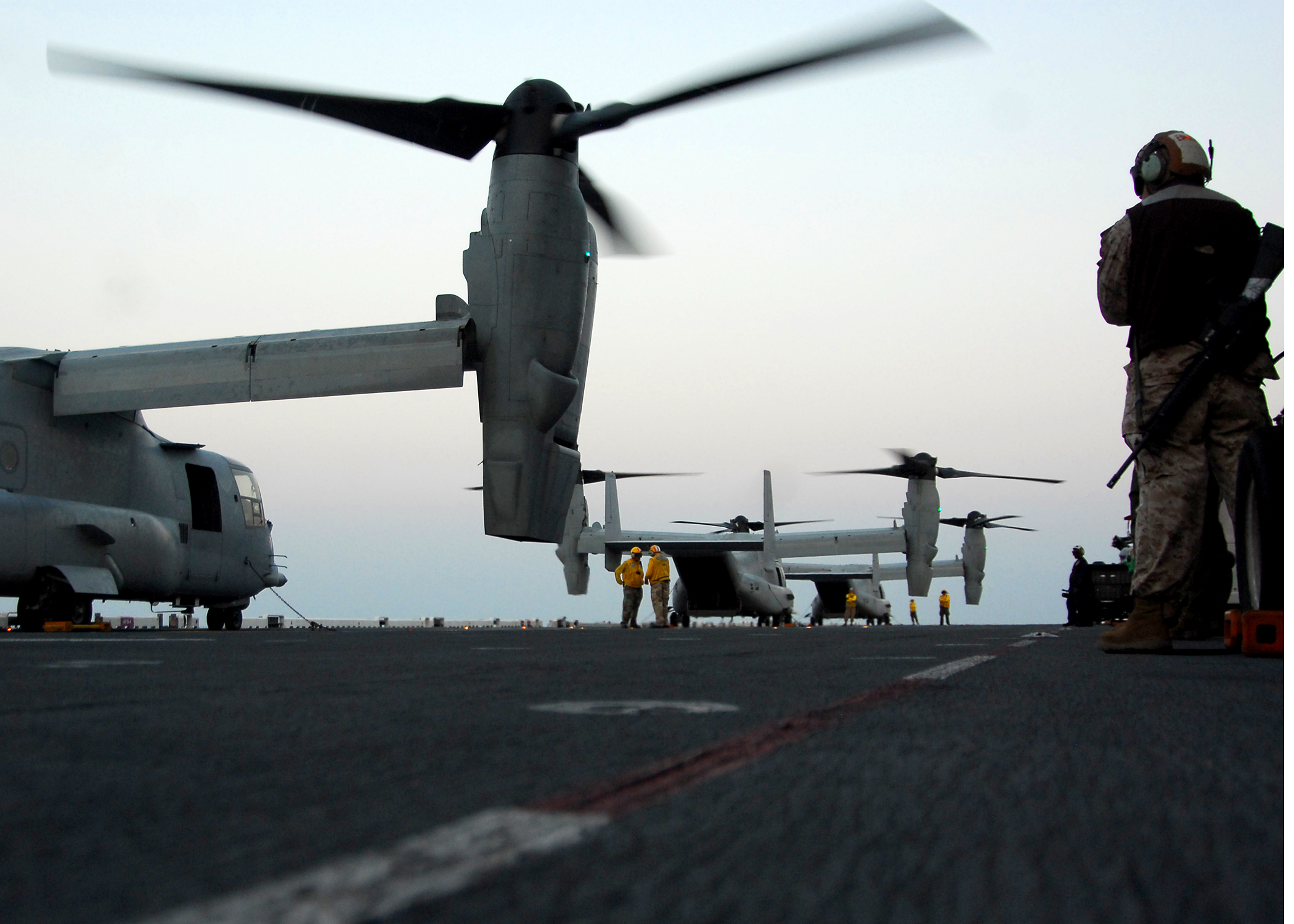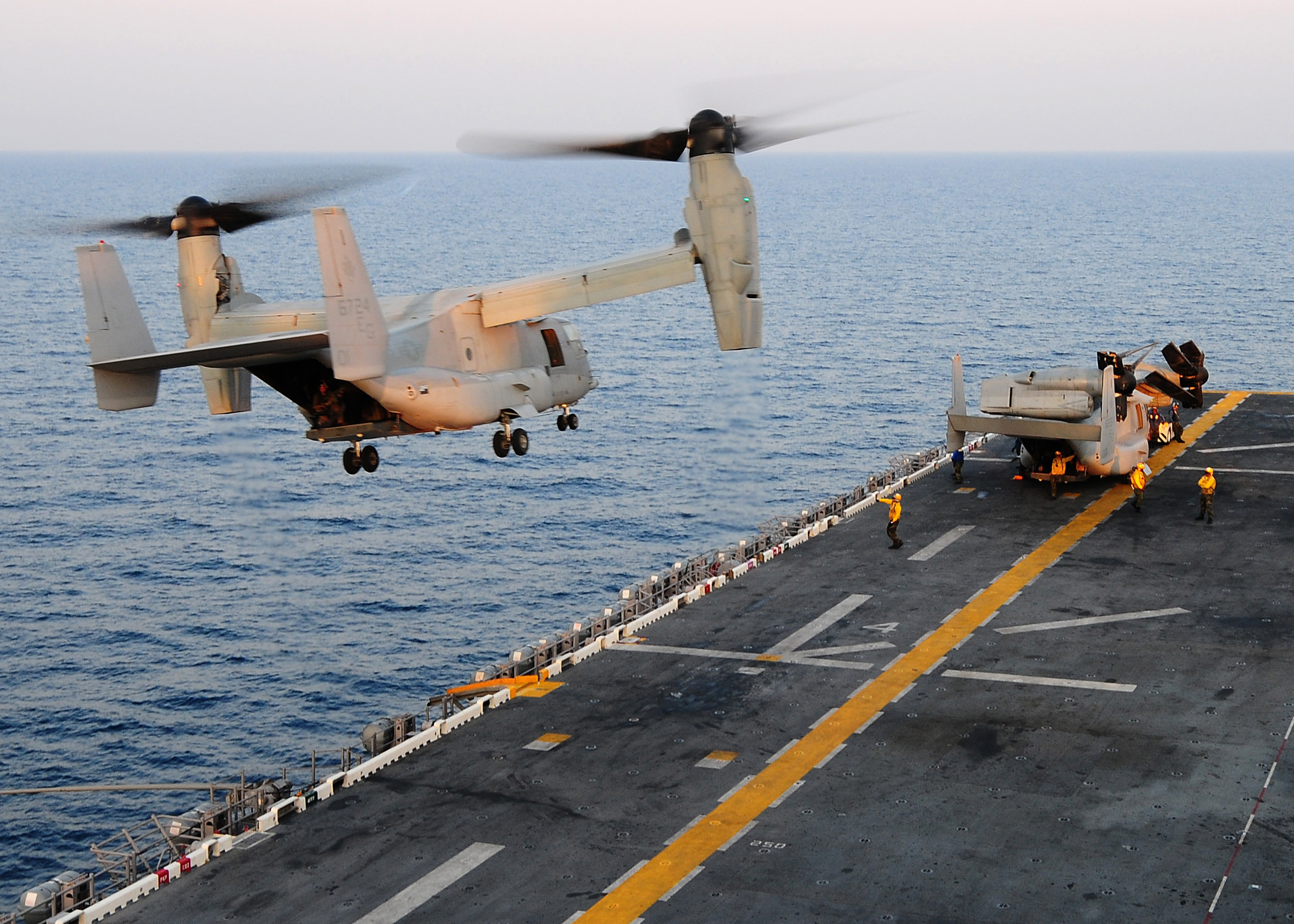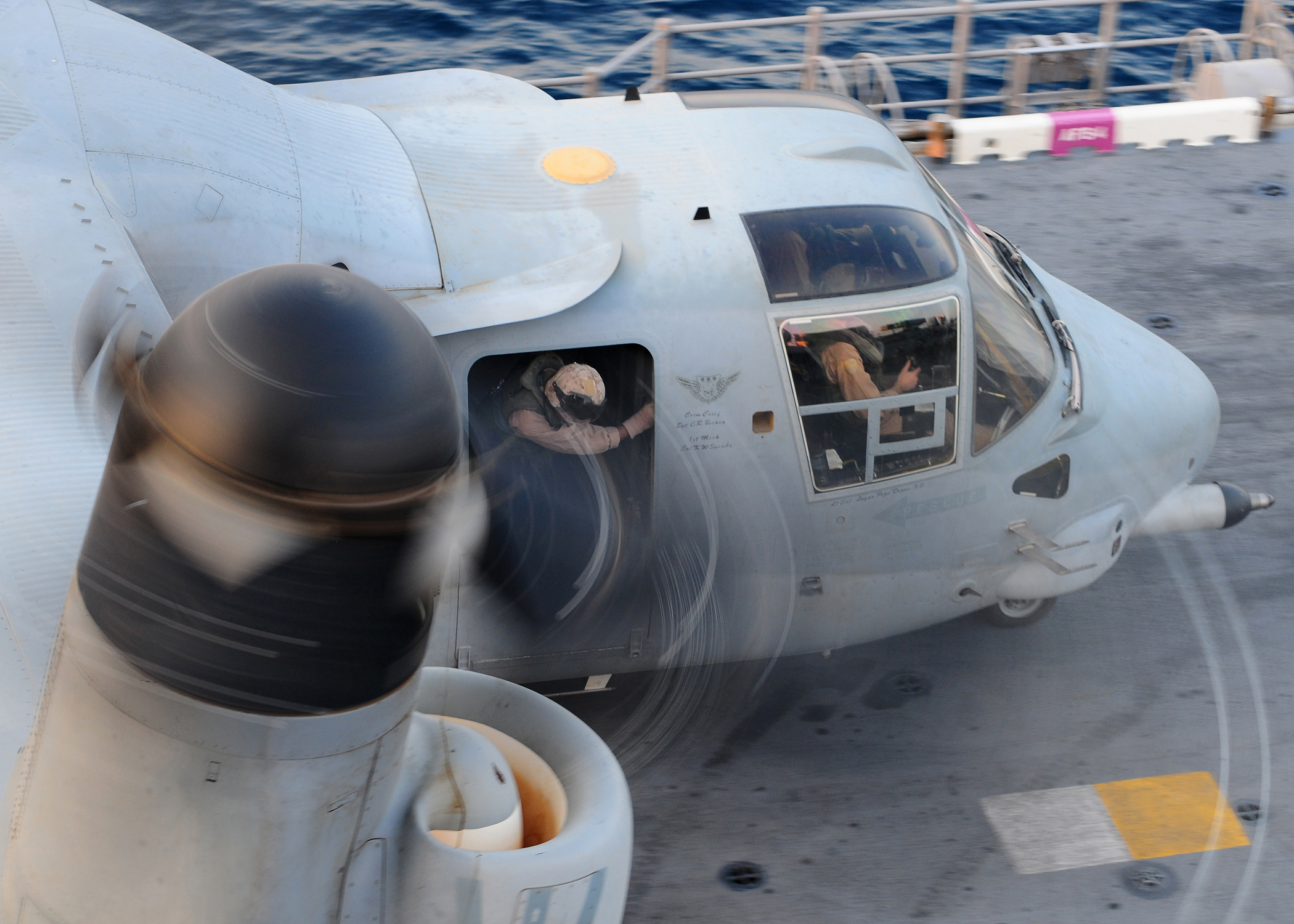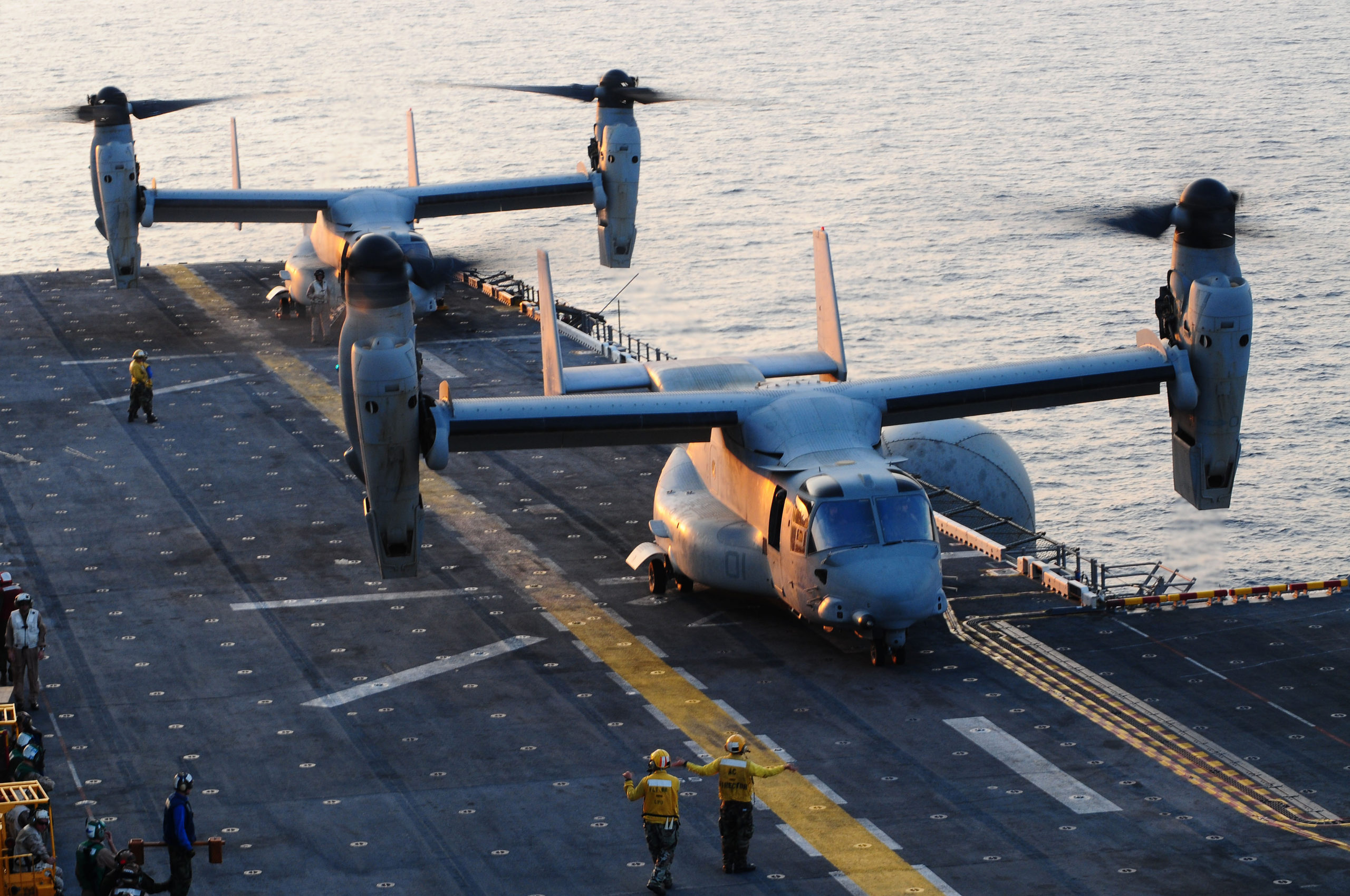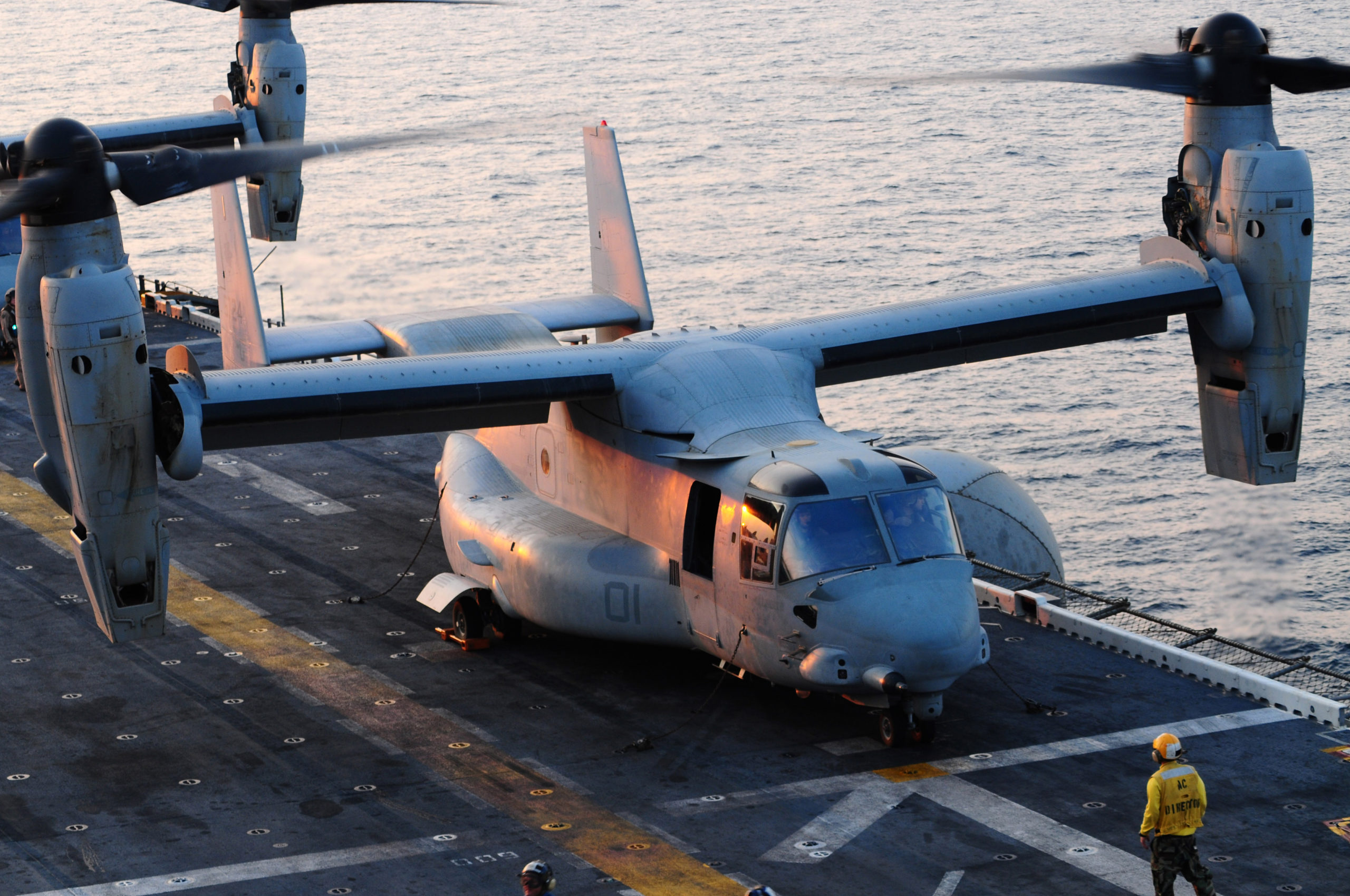By Robbin Laird
In my recent interview with LtGen Heckl, Commanding General, Marine Corps Combat Development Command, and the Deputy Commandant for Combat Development and Integration, we went back to his time as the second squadron commander to have taken the Osprey into combat. He was an experienced CH-46 pilot but brought with him members of the squadrons who were “newbies” who did not come from the legacy aircraft but started fresh with the Osprey.
He noted that they were adapting to the aircraft faster than the legacy folks.
This raised the question of how different from the CH-46 the Osprey was, and the challenge of the learning curve to take full advantage of the generational leap.
Recently, I talked with Carl Forsling, a long time USMC CH-46 and Osprey pilot, now with Bell.
We focused in our discussion on his operational experience while in the USMC with the CH-46 to Osprey transition and the nature of the learning curve.
Forsling joined the USMC in 1995 and he had two CH-46 deployments, one to the Balkans and one to Afghanistan. After this, he was part of the first MV-22B-equipped MEU, which brought the Ospreys to Afghanistan in 2009 for LtCol Bianca’s squadron.
He then had several years of experience operating the Osprey until his retirement from the USMC in 2015, and continued his engagement with the aircraft after he joined Bell in 2017.
We started by discussing how different was flying the CH-46 into Afghanistan compared to doing so with the Osprey.
Forsling underscored that “the stark difference between those two events still sticks out in my mind.”
As he described the difference: “It was a challenge to get the CH-46s from Pakistan to Afghanistan. Going over the mountains was death defying. You had stops along the way– including a secret helo base in Pakistan. The CGI which measures the rotor strain on the aircraft regularly indicated that we were maxing out performance and we barely could get over the mountains. It was a huge challenge just to get to Kandahar.”
The Osprey experience was very different. “It was as interesting as flying from Chicago to Minneapolis. You put on your oxygen mask, flew up to The Boulevard from the Arabian Sea to Afghanistan at 18,000 feet, and flew directly to Camp Bastion in a couple of hours.”
This difference also underscored a key point I have made over the years when discussing the Osprey.
Rather than focusing on cost for flight hour in comparison to a rotorcraft why are we not focusing on the cost of delivered capability?
The Osprey does not need the bases, FARPs and other landing points to get to the target area. It doesn’t need security at those facilities, it does not need fuel delivered to those bases, it just goes directly to the point of interest and can receive air refueling if it needs it.
This was evident from the beginning as indicated by Forsling in his experience of flying a CH-46 versus an Osprey into Kandahar from outside Afghanistan.
But with the arrival of the Osprey, the learning curve began.
Forsling underscored that in his perspective a core challenge was getting Marines to shift from thinking of the Osprey as a fast helicopter to thinking of it as a plane which could land vertically. This meant learning new force insertion tactics, new ways to work brownouts, new ways to address landing in combat zones, or simply understanding how the speed and range of the Osprey changed the tactics the Marines could develop compared to how they were operating with the CH-46.
It was a change maker; not a replacement for the CH-46.
In addition, the Osprey was a digital aircraft and as in many ways the pioneer digital aircraft, it was introducing significant change in terms of how to maintain the aircraft.
The Marine Corps needed to shift its maintenance approach to have maintainers more familiar with software and avionics than with the legacy approach to wrench bending. This did not happen overnight and was part of the learning curve.
Forsling indicated that a key part of the learning process was to correlate where the aircraft was operating with the kind of parts most needed in the very different geographical and climatic conditions in which the aircraft operated.
As Forsling noted: “We needed specialized maintenance and adjustment in tactics for the different operating environments.”
Obviously, that could only develop as the Osprey gained operational experience globally and at sea.
Another key aspect of the development of the aircraft was experienced by Forsling while in the USMC which continued after he joined Bell.
The Osprey is part of the new generation of software upgradeable aircraft, where changes in software rather than hardware allows for ongoing modernization of the aircraft. This is one of the most neglected aspects in analysis of the impact of the software generation aircraft in enhancing ongoing modernization of such aircraft.
Forsling provided this example: “Enhancing capability to operate in brownout conditions is a good example of how having a digital aircraft provides a key advantage in the approach to product improvement. When I started flying the Osprey, the brownout landing procedures were almost entirely manual. After I left, both the display was improved, and the aircraft is much more automated in terms of brownout landings. For a non-digital aircraft, such an improvement would require a hardware fix. With a digital aircraft, it is a software drop.”
Forsling also underscored that when undergoing CH-46 to Osprey transition, his training was involved with not just CH-46 operators, but fixed wing operators as well. But his mix of skills was necessary for a plane which landed vertically rather than being a CH-46 rotorcraft replacement.
The tactical impact of the Osprey was clearly evident from the outset.
As Forsling highlighted: “Having the options of going anywhere from a helicopter speed and altitude up through the 10,000-foot-plus range and airplane mode speeds or being able to do a low altitude insertion at high speed that combination of options allows you to adjust your tactics for the threats. And the threats we faced in in Afghanistan and Iraq, were mostly small arms or MANPADs, and the combination of the Osprey’s speed and altitude allowed you to manage these threats. That flexibility also enhances survivability in higher threat environments by altering the flight profile. That might mean going lower and using the aircraft’s speed and range to circumnavigate certain threats.”
In short, the MV-22B was not a good CH-46 replacement.
It was the entrant into a new force insertion capability.
Featured Image: An MV-22B Osprey with Marine Medium Tiltrotor Squadron 263 (Reinforced), 22nd Marine Expeditionary Unit, taking off from the flight deck of the multi-purpose amphibious assault ship USS Bataan (LHD 5) Nov. 6, 2009. The aircraft were flown to Camp Bastion, Afghanistan, where they will be transferred to Marine Medium Tiltrotor squadron 261 and used in support of 2nd Marine Expeditionary Brigade. This was the first time the aircraft will be used in Afghanistan. The 22nd MEU was serving as the theater reserve force for U.S. Central Command.


